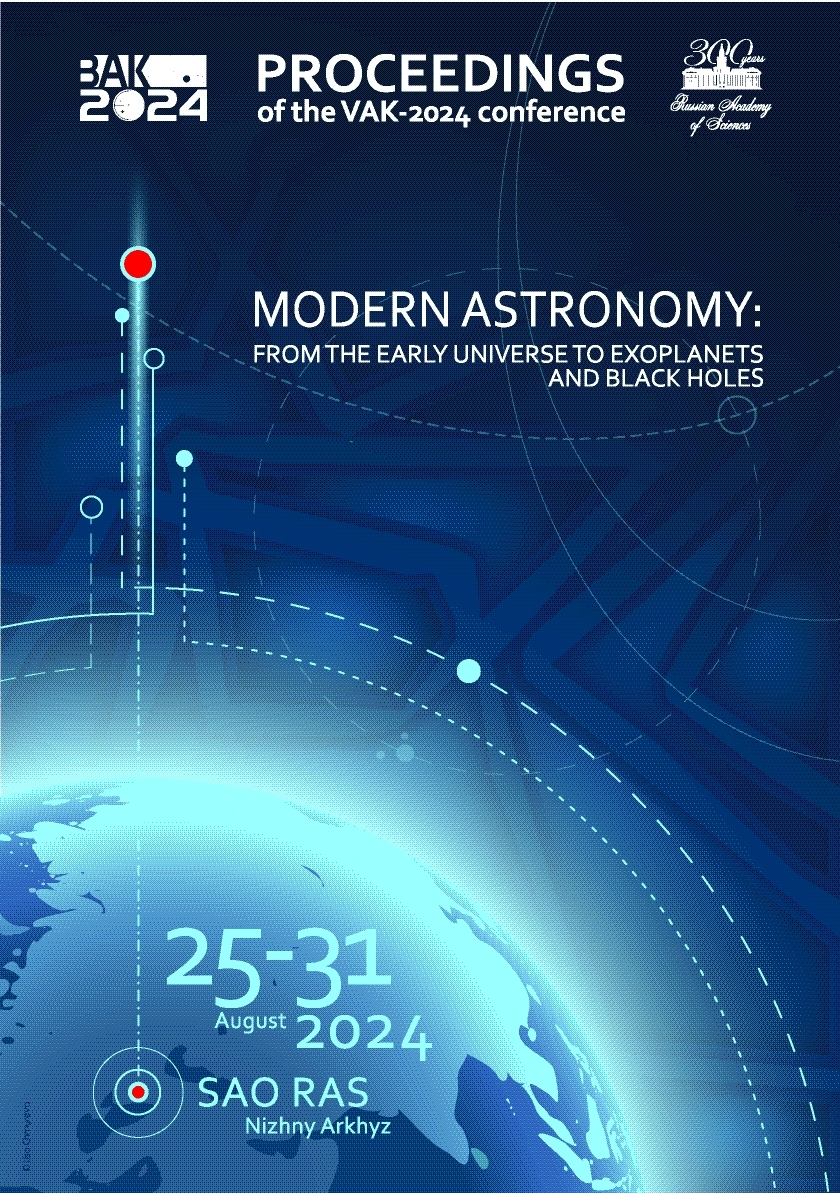Россия
УДК 53 Физика
УДК 520 Инструменты, приборы и методы астрономических наблюдений, измерений и анализа
УДК 521 Теоретическая астрономия. Небесная механика. Фундаментальная астрономия. Теория динамической и позиционной астрономии
УДК 523 Солнечная система
УДК 524 Звезды и звездные системы. Вселенная Солнце и Солнечная система
УДК 52-1 Метод изучения
УДК 52-6 Излучение и связанные с ним процессы
ГРНТИ 41.00 АСТРОНОМИЯ
ГРНТИ 29.35 Радиофизика. Физические основы электроники
ГРНТИ 29.31 Оптика
ГРНТИ 29.33 Лазерная физика
ГРНТИ 29.27 Физика плазмы
ГРНТИ 29.05 Физика элементарных частиц. Теория полей. Физика высоких энергий
ОКСО 03.06.01 Физика и астрономия
ОКСО 03.05.01 Астрономия
ОКСО 03.04.03 Радиофизика
ББК 2 ЕСТЕСТВЕННЫЕ НАУКИ
ББК 223 Физика
ТБК 614 Астрономия
ТБК 6135 Оптика
BISAC SCI004000 Astronomy
BISAC SCI005000 Physics / Astrophysics
We study common features in mechanisms of the outburst activity of comet 29P/Schwassmann-Wachmann 1 and asteroid (60558) Echecles, which also has a cometary designation 174P. These celestial bodies belong to the group of centaurs, whose orbits lie between the orbits of Jupiter and Neptune. An important feature of these comets is the observed brightness outbursts, up to 6 stellar magnitudes, which do not depend on the heliocentric distance. Previously, we explained the outburst activity of comet 29P/Schwassmann-Wachmann 1 by the existence of satellites touching the surface of the comet nucleus at the pericenters of their orbits. In this work, we focused on studying the parameters of 174P outbursts. We calculated the comet's orbital elements based on the available positional observations and analyzed O-C (residuals of the orbit fit) deviations. We found correlations in O-C deviations and comet's apparent magnitude and assume that an explosive emission of dust particles the total brightness of which exceeds the brightness of the nucleus takes place there and leads to deviations in O-C in the positional observations. We determined the parameters of the assumed gas-dust jet during the outbursts using the deviations in O-C. The calculations carried out allow us to conclude that in December 2005, fragments of the comet were ejected, some of which fell on the nucleus between 2006 and 2017. These collisions led to a multiple increase in the brightness of the comet.
comets: comet 29P; comet 174P
1. Chernetenko Yu. and Medvedev Yu., 2020, Monthly Notices of the Royal Astronomical Society, 493, 4, p. 5499
2. Medvedev Yu. and Pavlov S., 2023, Astronomy Letters, 49, 8, p. 486
3. Miles R., Faillace G.A., Mottola S., et al., 2016, Icarus, 272, p. 327
4. Neslusan L., 2014, Planetary and Space Science, 101, p. 162
5. Rousselot P., Kryszczyńska A., Bartczak P., et al., 2021, Monthly Notices of the Royal Astronomical Society, 507, 3, p. 3444
6. Weissman P., Chesley S., Choi Y., et al., 2006, Bulletin of the American Astronomical Society, 38, p. 551






